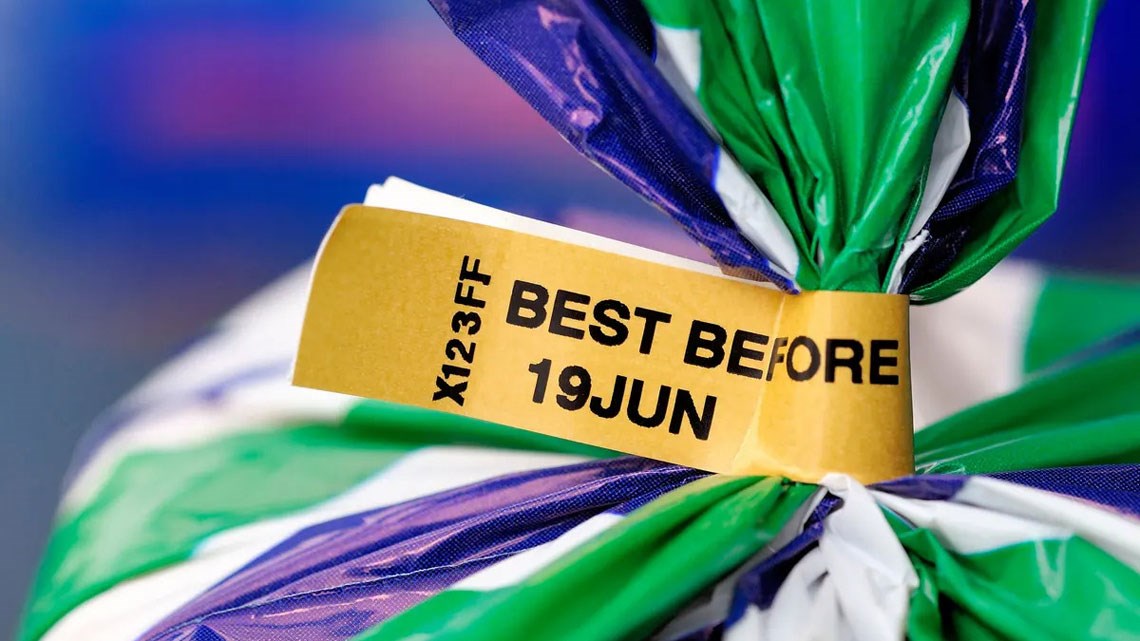
Managing batch numbers and expiry dates online
Selling products with batch numbers or expiry dates online can be challenging, especially when it comes to maintaining customer satisfaction, minimising waste, and optimising inventory management. Whether you’re dealing with perishable goods, chemicals, cosmetics, pharmaceuticals, or any other time-sensitive products, implementing effective tactics to manage expiry dates is essential for success.
Manufacturers typically have greater control over product expiry dates, batch information, and product availability, since they oversee production. This control allows for more precise planning, but it also places the responsibility for production schedules, availability, and distribution directly on their shoulders. Retailers and resellers, on the other hand, rely heavily on the production and distribution capabilities of their suppliers. This dependency can make managing expiry dates more complex, especially when dealing with pre-orders/back orders or limited supplier transparency.
Choosing to display them to your customers, or not, can create an unwanted dilemma of sorts; if you display the best before end date to them, chances are they will always pick the batch with the longest expiry date on (why wouldn’t they?), and you’ll be left holding the short-dated stock. Nobody wants costly stock write-offs, they're extremely wasteful and damaging to your business, so what do you do?
The best tactic is to display different batch options with their respective expiry dates on product detail pages, giving customers the choice of which to order. Decrementing the RRP of each batch based on its expiry date then helps to move the shorter dated stock. Thereby the closer that batch is to expiring, the more it gets reduced. This also means customers know that if they're likely to use the stock quickly they can take advantage of the cheaper price. They can also order from a mixture of different batches if required. We've previously discussed how Tropicana Wholesale take this a stage further by pushing those products nearing their expiry date to a dedicated sales category and pushing the fact they are discounted.
These tactics can be automatically managed in tradeit by assigning a percentage discount field, expiry date, batch number, and maximum shelf life to the stock. Then using attributes to determine what percentage of the shelf life is left and discounting against that (e.g. <50% shelf life left, apply 10% discount). When the batch reaches the next expiry date threshold, it is automatically discounted further (e.g. <40% shelf life left, apply 15% discount). This would be then output on the product page something like this:
That is a fairly simple, straightforward and transparent solution but doesn't take into account if the product is out of stock completely, the customer wants to order more than is currently showing in stock, or needs more than is available with a long enough shelf-life for their requirements.
The next stage would be to introduce the option of "fresh" stock, which is effectively available on pre order, with both the quantity, and the date that stock is available for despatch displayed to the customer. If it is a manufacturer then this may be based on their production schedule so they are likely to know the exact expiry date of that stock too. However, for a retailer or reseller it's based on when their next shipment is due to arrive from their supplier so the expiry date is less likely to be known or that accurate (delays are common). So, whilst this enables the customer to place an order for fresh stock, any expiry information may not be displayed or that accurate. This would be then output on the product page something like this:
(despatches 01/12/2025) £12.99
For retailers and resellers back order dates can often slip, so they sometimes choose to display additional information including the purchase order details to the customer of items that have already been ordered from the supplier. This provides more of a guarantee on both quantity and time. This would be then output on the product page something like this:
(despatches 01/10/2025) £12.99
(despatches 01/11/2025) £12.99
(despatches 01/12/2025) £12.99
Whether you're a manufacturer with full control over production or a retailer dependent on third-party suppliers, managing product expiry dates requires tailored strategies. Manufacturers must focus on aligning production and distribution with demand, while retailers must prioritise supplier relationships and transparent communication with customers. Effective stock and back-order management ensures a positive customer experience, minimises waste, and maintains the integrity of your supply chain.
Speak to us today about how tradeit can help you effectively manage products with a shelf life and those in batches.
